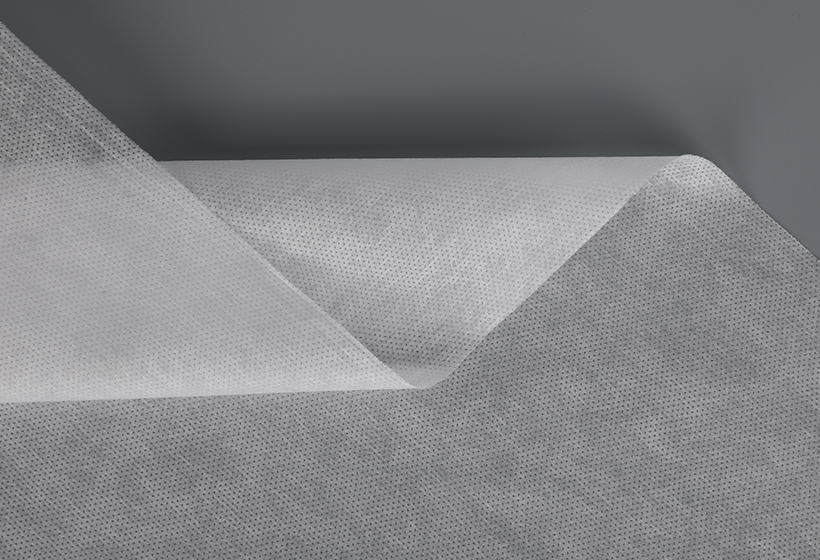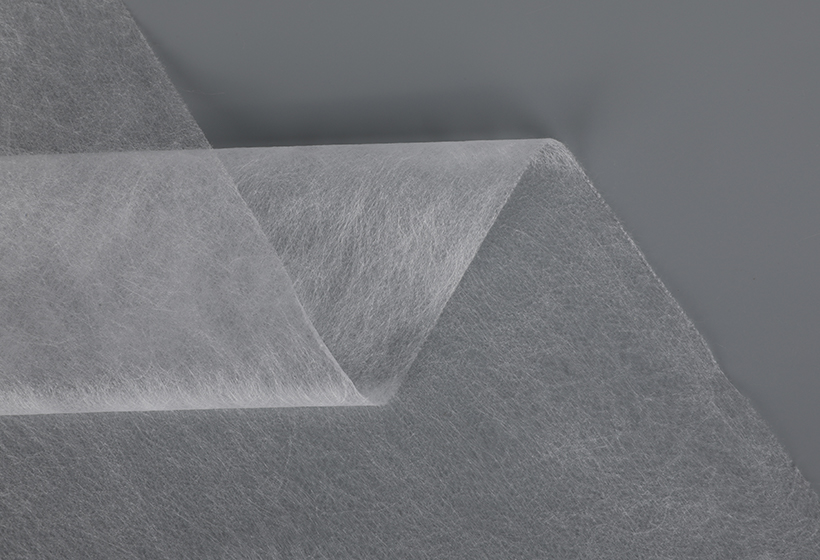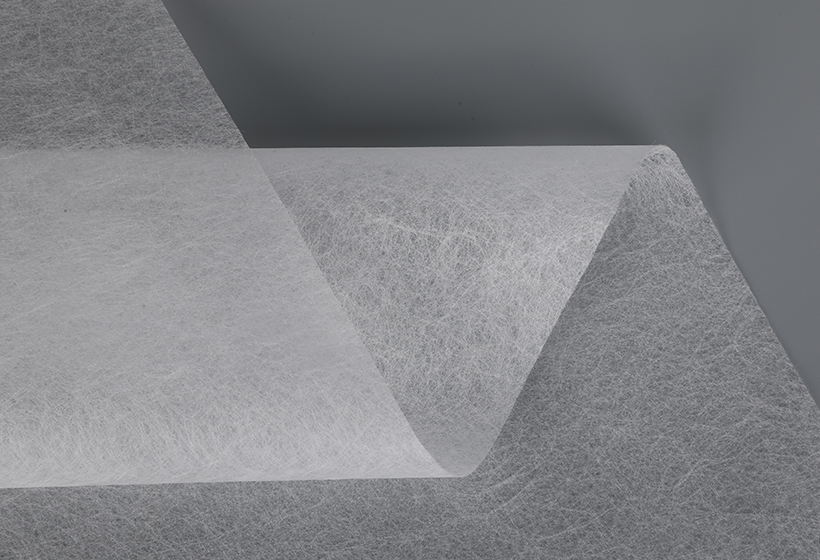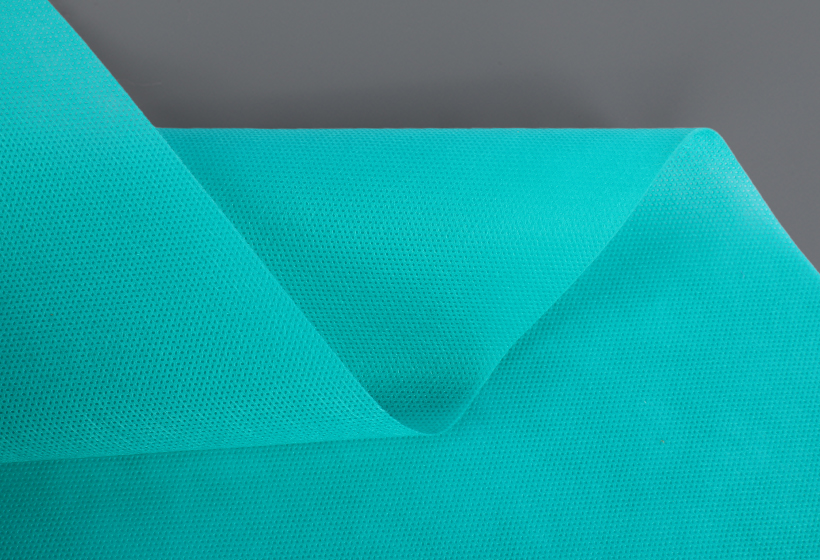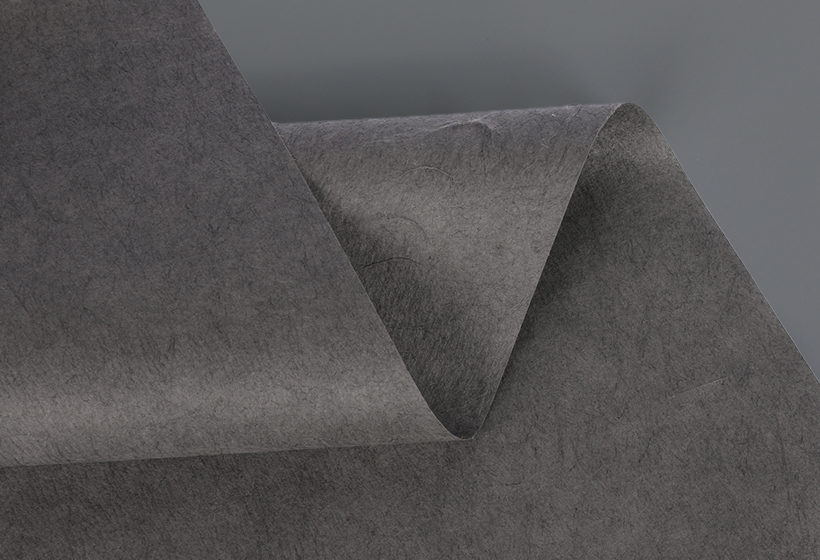A Non-woven Fabric is a material that resembles a fabric. It is made of long fibres that are bonded together by chemical, mechanical, heat or solvent treatment. The term is used in the textile manufacturing industry to describe fabrics that are not knitted or woven. The fabric is a unique type of material that can be used in a variety of different applications. Learn about the different ways to use Non-woven Fabric to improve your business.
The main uses for Non-woven Fabrics include construction, insulation, and packaging. In fact, nonwoven fabrics are now used for more than just paper and textiles. Today, they can be found in all sorts of places, from carpets and curtains to solar panels and even burglar-proof blinds. Many of these materials are even degradable and can even be used for car seats and pillows. These features and benefits make them a valuable part of our everyday lives.
While nonwovens can be used for a variety of applications, the main uses are for filters, cleaning, and aesthetics. High-quality nonwovens can be used in the kitchen, bathroom, and living room. These materials can solve a number of problems and provide a stylish and functional solution for any space. Although nonwoven fabrics have been around for a while, they have already raised the bar in many industries. There are two major categories of Non-woven Fabrics.
Non-woven fabrics are durable. The application for nonwovens is diverse, ranging from household goods to consumer goods. These include mattress padding, towels, and blankets, as well as carpet backing. These fabrics are also used for clothing and textile reinforcement. In addition to these applications, non-wovens are also used in numerous industrial settings. This includes filters, insulation, packaging materials, geotextiles, and roofing products.
A wide variety of applications for non-woven fabrics include medical packaging and isolation gowns. They can also be used in the automotive industry and are used in many different industries. They can also be used to make carpets. The versatility of non-woven fabrics has led to many innovations in the last few decades. Despite their versatility, nonwovens are still relatively cheap. These products are highly resistant to a variety of chemicals and are often recyclable.
A Non-woven fabric is produced by using a combination of techniques to form a fabric. It is generally characterized by its unique characteristics and is often used for disposable applications. In addition, nonwovens are not limited to disposable products. They are used in a wide variety of applications ranging from floor coverings to interlinings in automotive parts. Some types of nonwovens are light-weight, and are therefore suitable for use in disposable products.
While nonwoven fabrics are mainly manufactured in flat forms, they are referred to as three-dimensional when their thickness is significant. As illustrated in Fig. 11.1, the thickness of a nonwoven fabric is relative to its fibre diameter. The three-dimensional definition is defined by its function. The term is used to describe a two-dimensional, or three-dimensional fabric. They can also be considered to be a hybrid of the two.
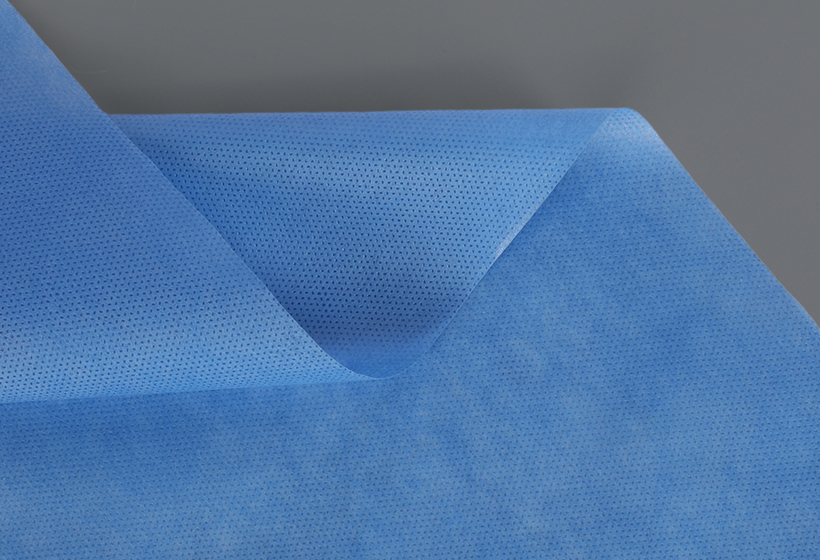


 English
English Español
Español
